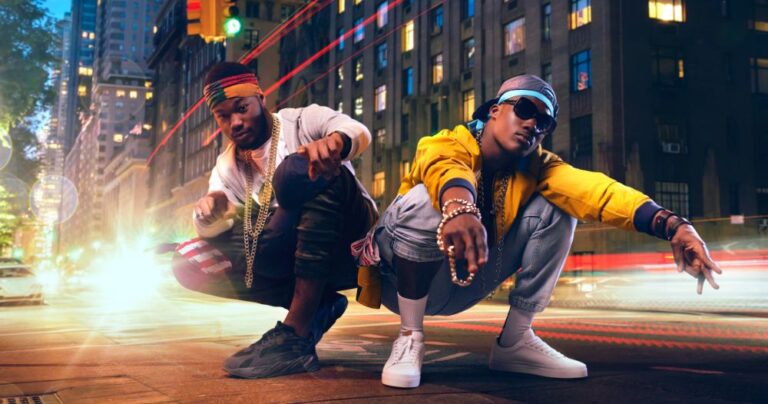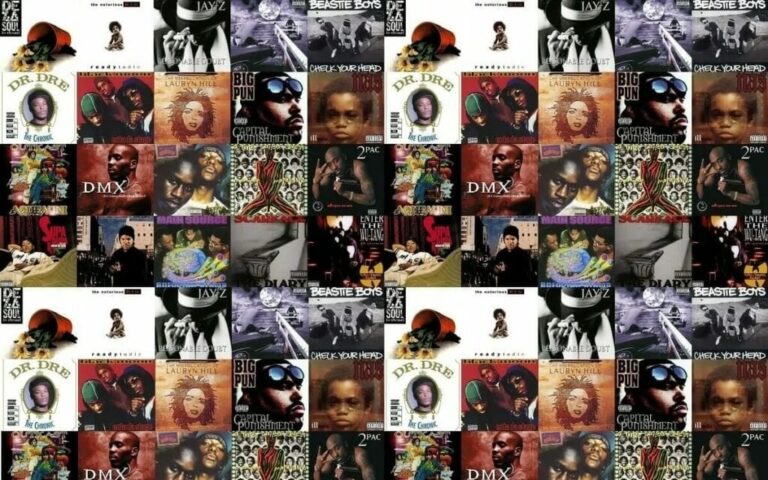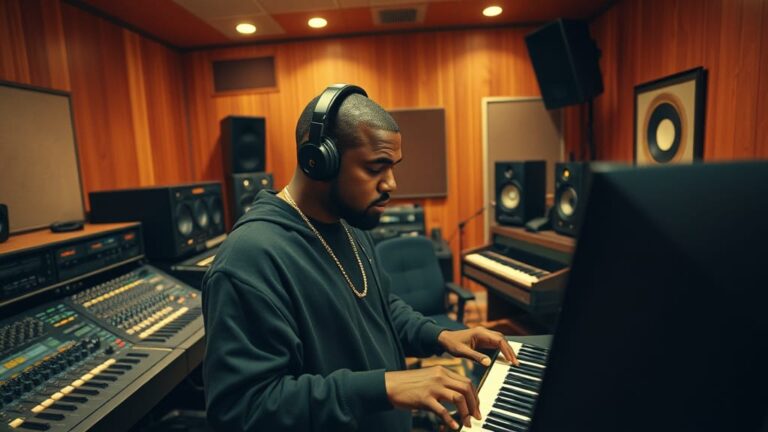The Best Mexican Rappers:
Rap has become one of the most powerful voices in Mexican music and culture. From the streets of Mexico City to Chicano neighborhoods in California and Texas, Mexican rappers and Mexican-American MCs have pushed boundaries, mixed genres, and articulated stories that had long been underrepresented. This guide explores who the best Mexican rappers are—definitionally, historically, stylistically—and shines a light on both legends and rising stars.
What Does “Mexican Rapper” Mean?
Before we list names, it’s important to define what we mean by “Mexican rapper”:
Nationality vs. Heritage: Some rappers are born in Mexico; others are Mexican-American or have Mexican heritage. Both contribute to the culture.
Styles & Subgenres: Their music might be pure hip-hop, rap fused with regional Mexican genres, trap, cumbia-rap, or other hybrids.
Impact & Authenticity: Influence on their communities, distinct sound, storytelling, cultural relevance.
We include rappers from both Mexico and the U.S. who identify (or are widely accepted) as Mexican or Mexican heritage and who have made significant contributions to rap, either locally or more broadly.
How the Lists Compare
Many articles already list top Mexican rappers—e.g.:
KultureVulturez – their “Top 25 Mexican American Rappers” include names like That Mexican OT, OhGeesy, King Lil G, Peso Peso, Dee Baby. Kulture Vulturez+1
Ranker – has a long list of “35+ Best Mexican Rappers of All Time.” Ranker
Billboard in “50 Most Essential Spanish-Language Rappers of All Time” includes those who rap in Spanish (some Mexican or partly Mexican). Billboard+1
Forums like the Reddit thread “Good Mexican Rappers?” mention community favourites: Santa Fe Klan, Alemán, Snow Tha Product, Mr. Criminal, Lil Rob etc. Reddit
My goal here is to combine historical roots, influence, current relevance, cross-border impact, and stylistic breadth—so readers get a richer picture.
Top Mexican Rappers: Legends, Trailblazers & What They Bring
Here are rappers (or rap-hybrid artists) I consider among the best Mexican rappers, grouped roughly by era / significance, with what makes them stand out.
| Artist | Origin / Heritage | Why They’re Important / What They Bring |
|---|---|---|
| Santa Fe Klan | Guanajuato, Mexico | One of the most visible contemporary rappers from Mexico proper, blending regional Mexican elements with hip-hop, reflecting local identity. He’s been ranked among top Spanish-rap artists by outlets like Rolling Stone. Billboard+1 |
| Alemán | Mexicali, Mexico | Known for gritty street narratives, solid flow, and pushing Mexican rap into mainstream recognition. Frequently cited by fans in discussion threads as one of the strongest current voices. Reddit |
| Peso Pluma | Guadalajara / broader Mexican regional styles | While more associated with corridos and regional Mexican genres, Peso Pluma’s influence on Mexican youth and his incorporation of urban and lyrical themes make his work relevant to rap’s evolution. His commercial success underscores the cross-genre impact. Wikipedia+1 |
| Lil Rob | Chicano rap, U.S. (Mexican heritage) | A pioneer of Chicano rap, especially in Southern California, whose early work inspired countless younger Latino hip-hop artists. Legendary in lowrider, barrio, and street rap communities. Kulture Vulturez+1 |
| Snow Tha Product | U.S./Mexico heritage | She blends English and Spanish, mixing lyrical skill with delivery. Highly respected by both the Latino community and mainstream rap audiences. Forums and curated lists consistently mention her. Reddit+2Kulture Vulturez+2 |
| That Mexican OT | U.S., Mexican heritage | Rising fast; represents a new generation blending trap, southern rap, personal narratives, and Mexican identity. Appears prominently in KultureVulturez’s recent rankings. Kulture Vulturez |
| King Lil G | U.S., Mexican background | Veteran in the Chicano rap movement; powerful storytelling about identity, life on the margins, and culture. His longevity matters. Kulture Vulturez+1 |
| Mr. Criminal | U.S., Mexican heritage | Another stalwart of the Chicano rap scene; influence on the sound and aesthetic that many up-and-comers reference. Kulture Vulturez |
| J.V. | U.S., female, Chicana | Among the early female voices in the Chola / Chicana rap world; symbolic for representation and paving the way for women in Mexican-heritage rap. Kulture Vulturez+1 |
Rising Stars & Notables You Should Know
Beyond legends, here are artists younger or more recent whose work shows promise, innovation, or growing influence:
Peysoh — noted for strong lyricism, street storytelling, and building a following. Kulture Vulturez
Bravo The Bagchaser — another recent name combining Mexican heritage and Houston/Los Angeles southern rap styles. Kulture Vulturez
OhGeesy — straddles different scenes; while not always “rapping in Spanish,” his identity and style resonate with younger Mexican heritage audiences. Kulture Vulturez
Dee Baby, Peso Peso — artists who are increasingly visible, especially in mixtapes, streaming platforms, and regional hip-hop circuits. Kulture Vulturez
Why These Artists Matter: Influence, Style & Culture
To understand why the rappers above are among the best, consider these dimensions:
Cultural Authenticity
They embed Mexican or Chicano identity into lyrics, imagery, style, or narrative—not just “rap in Spanish” but actual lived or signalled experience.Cross-Genre Fusion
Many blend rap with regional Mexican, trap, cumbia, or even corridos. This expands rap’s boundaries in Mexico, or among Mexican Americans.Linguistic & Lyrical Skill
Flow, rhyme, bilingual wordplay, storytelling. Those who master both English & Spanish (or dialects / regional slang) often get greater reach.Commercial & Critical Success
It’s not just about street cred—some have chart success, certifications (streams, awards), visibility across borders.Representation & Influence
Many of these artists open doors for others—women, underrepresented voices, artists from smaller cities or towns, etc.
Full List: “Best Mexican Rappers” (Selected 15+)
Here’s a consolidated list of 15 rappers you should listen to, representing both legends and rising names:
Santa Fe Klan
Alemán
Lil Rob
Snow Tha Product
That Mexican OT
King Lil G
Mr. Criminal
J.V.
Peysoh
Bravo The Bagchaser
OhGeesy
Dee Baby
Peso Peso
Gera MX (for his crossover work, combining rap-elements with regional/urban sound)
Tito Double P (as a recent force, especially with “corridos bélicos” but with rap-adjacent style) Wikipedia
Each of these brings something different; one might be stronger lyrically, another in cultural storytelling, another in blending genres or building community.
How to Discover More: Tips & Resources
If you want to dig deeper into Mexican rap, here are ways to broaden your knowledge:
Streaming platforms: Look for playlists curated for “Chicano rap,” “Mexican hip-hop,” “Hip-hop mexicano,” etc.
YouTube & SoundCloud: Many underground and indie rappers launch here; listen for freestyles, local shows, collaborations.
Social media / local scenes: Mexican cities (Mexico City, Guadalajara, Monterrey) and U.S. border towns often incubate vibrant hip-hop movements.
Collaborations: When Mexican rappers cross over with trap, regional Mexican styles, or U.S. hip-hop, new hybrid sounds emerge (often powerful).
My Picks: Top 3 & What Makes Them Stand Out
If I had to highlight three rappers as especially essential in 2025:
Santa Fe Klan — for how he bridges the gap between rap/urban culture and Mexican regional sounds, while maintaining mass appeal and authenticity.
That Mexican OT — as a rising voice whose style, identity, and energy reflect the future of Mexican-heritage rap.
Snow Tha Product — for her bilingual prowess, longevity, and ability to influence both Spanish- and English-speaking audiences.
Conclusion
The rap landscape with Mexican roots is rich, diverse, and evolving fast. From legends who laid the groundwork to young artists pushing boundaries, the “best Mexican rappers” are those who combine lyrical strength, cultural identity, innovation, and visibility. If you’re exploring this genre, use the names above as starting points—but also keep your ear to underground scenes, regional sounds, and cross-genre experiments. The best voices are often the ones you haven’t heard yet.





